The present work is a scientific study of a primitive art-form . The art-form is the folktale of the North American Indians; the study is scientific insofar as a hypothetical ab stract model is constructed and tested . The structural model of North American Indian folktales is tested by comparing empirically its properties with those of phenomenological reality, namely the tales them selves. Admittedly the scientific aspect of the study is that of social science rather than that of natural science. This is necessitated by the fact that the m aterials under consideration do not lend them selves to laboratory experimentation. They can, however, be subjected to close observation and abstract analysis. Recently, Anatol Rapoport has pointed out that the popular image of the scientist as experimenter has tended to minimize the importance of descriptive and theoretical methodology in science. Nevertheless, the necessity of constructing theoretical models is undeniable. In the words of Alfred North Whitehead: “All scientific progress depends on first framing a formula giving a general description of observed fact”
The thesis is, in essence, that North American Indian folktales are highly structured. In the course of demonstrating the validity of such a thesis, it will be necessary to examine a large number of North American Indian folktales. However, it is clearly not practicable to analyze every single version of every single American Indian tale which has been recorded. Nor it is necessary in a morphological study. A linguist, for example, can make a perfectly valid structural statement about a language without knowing every single lexical item in that language; a student of kinship structure or social organization can make a fruitful analysis without knowing each and every individual in a given culture: a physical anthropologist can determine the anatomical characteristics of aparticular group without examining every member of the group. However, in order to guard against over selectivity in choosing an illustrative corpus of tale types, an effort has been made to analyze some of the more widespread tales, such as Earth-D iv e r, Eye-Juggler, and Orpheus.
No attempt has been made to study the tales of a particular tribe or culture area for the simple reason that folktales, like other folkloristic materials, are rarely confined to such clear cut geographical, historical, and cultural limits. Culin, the eminent student of American Indian games, noted in 1903 th at “Precisely the same games are played by tribes belonging to unrelated linguistic stocks, and in general the variations do not follow the differences in language. The same may be said of American Indian folktales. The emphasis in this study is upon individual folktales and it is the independent folktale which has been subjected to morphological analysis, rather than the hero or trickster cycles, since the latter constitute a somewhat separate problem of morphological analysis.
The plan of attack begins with a survey of previous scholarship in the area of structure and morphology of American Indian folktales. This is followed by a delineation of the structural approach to the study of folktales. After these introductory sections, specific structural models for a number of North American Indian folktales will be set forth with exam ples. Several of these sample tales will, however, be presented now. The reason for doing so is that the reader, after the structural models have been presented, will have little difficulty in perceiving the underlying structure of most North American Indian folktales. In fact, the ease may tend to depreciate the efforts involved in arriving at comprehensive structural models. The reader is urged to examine these
few tales with great care to see if he can discern any structural patterns in them . It is intended that this somewhat novel technique will provide a set of “before” and “after” results which will forcefully demonstrate the nature of the thesis.
FF Communications 195
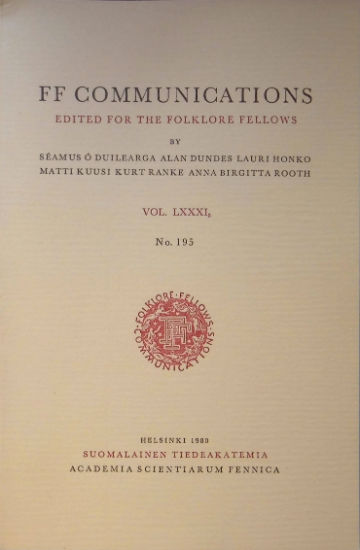
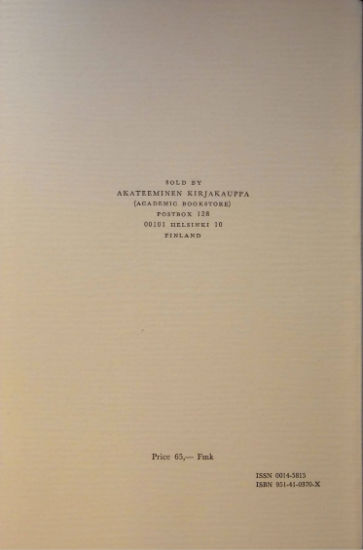
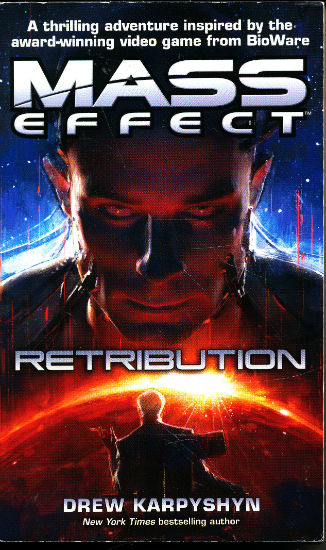
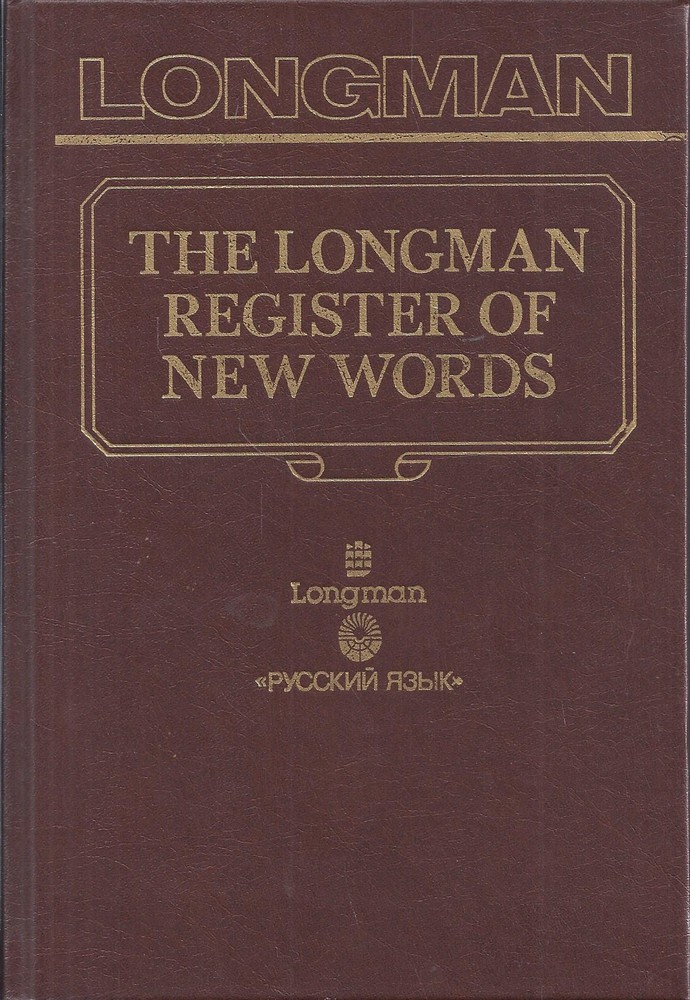
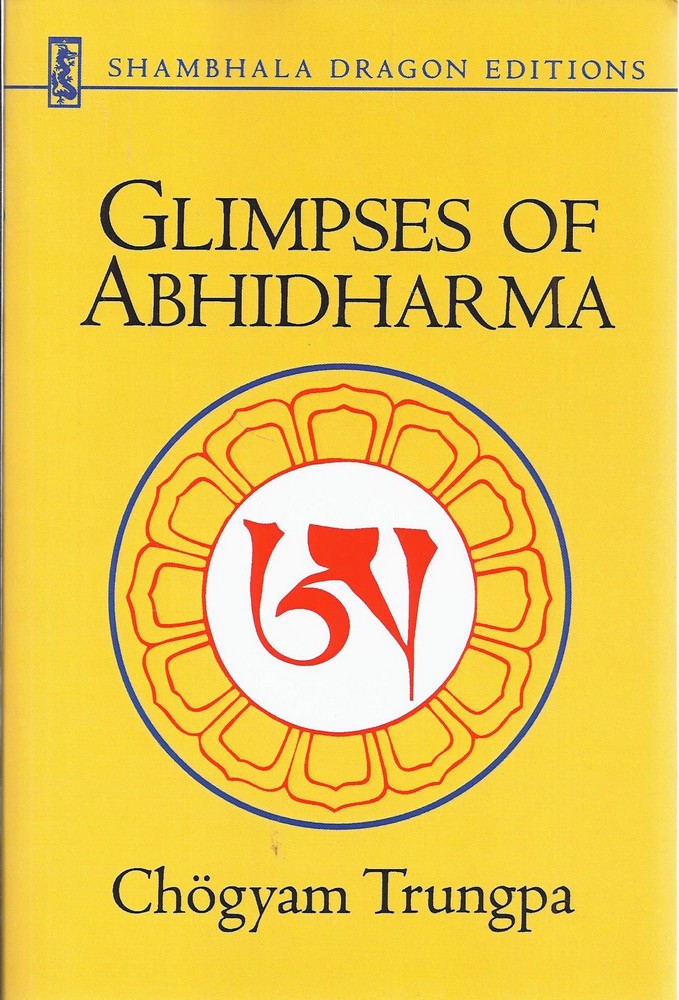

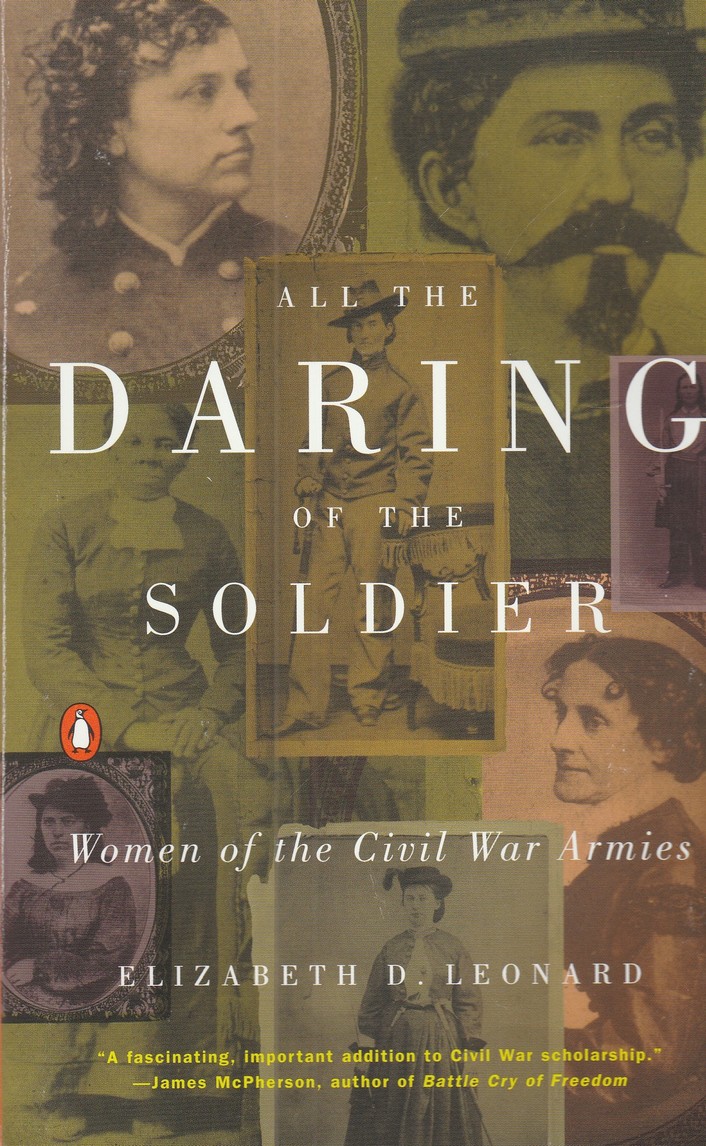
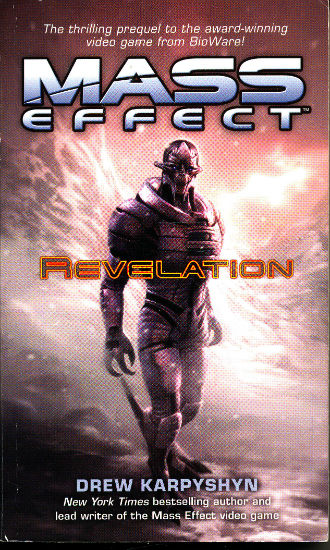

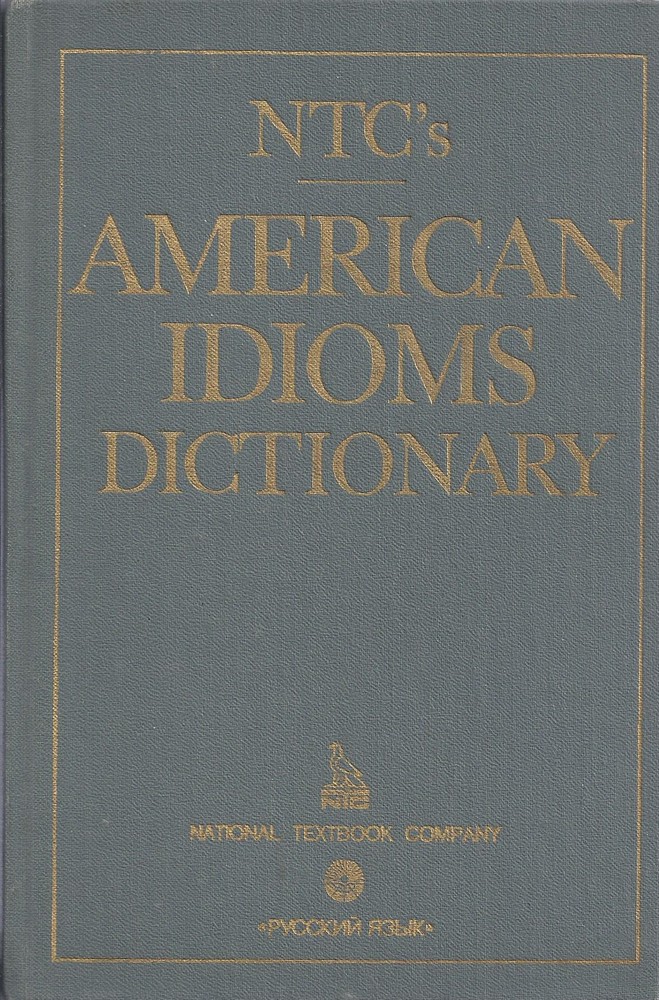

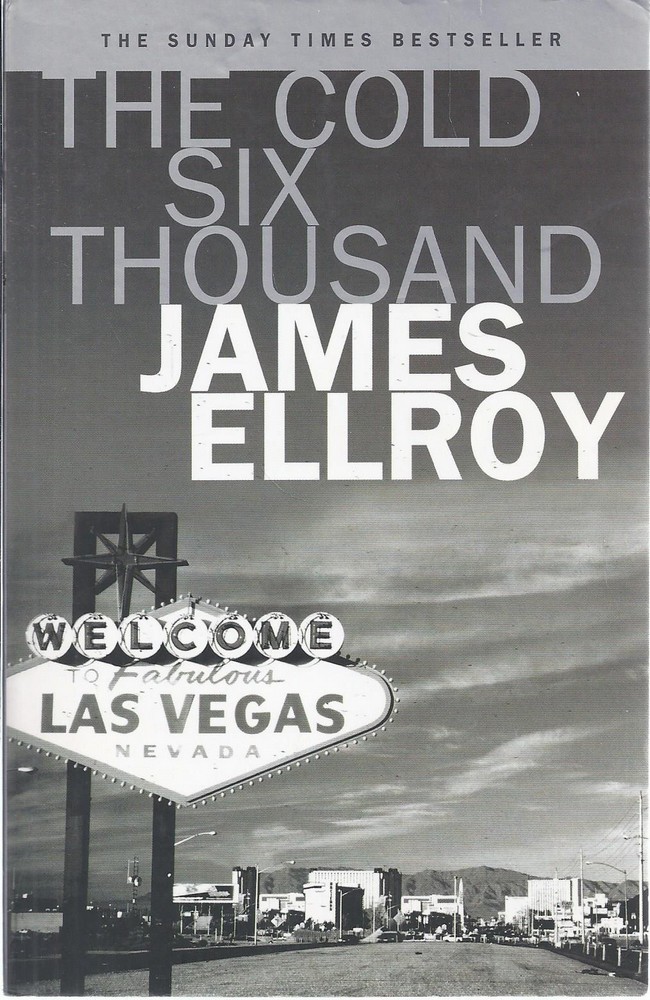
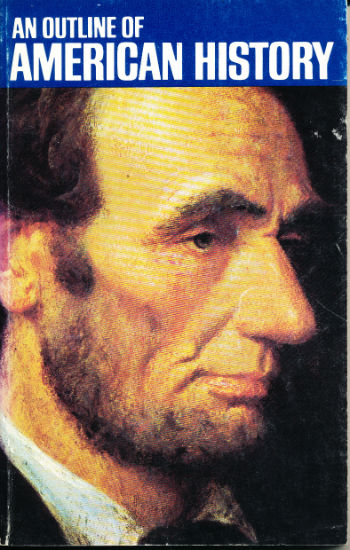

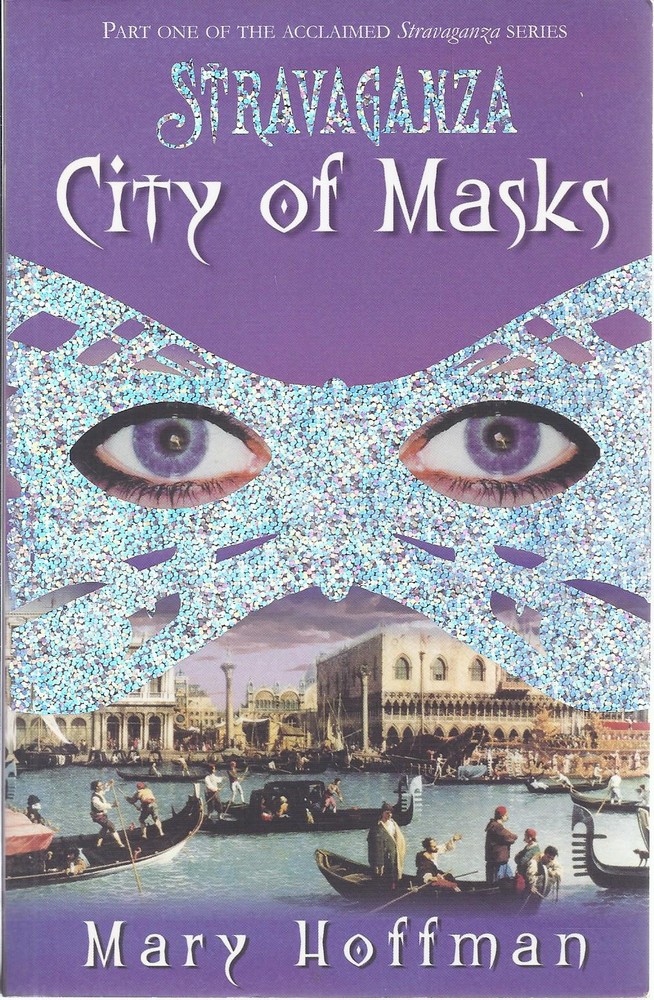
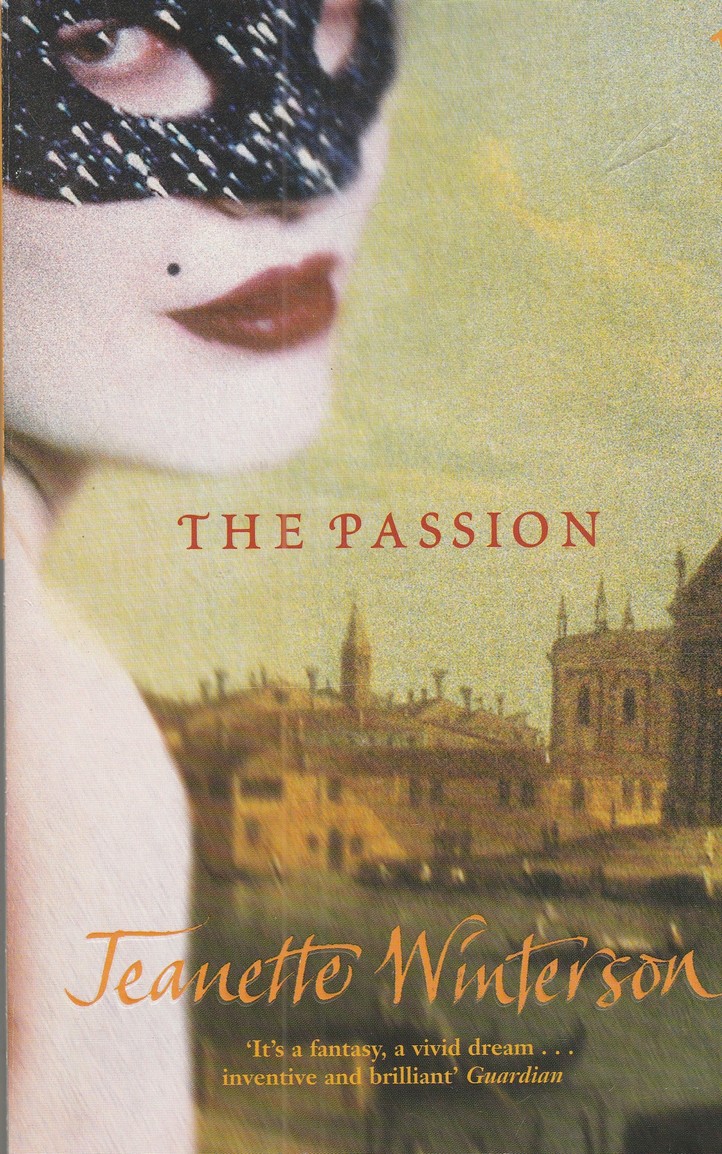
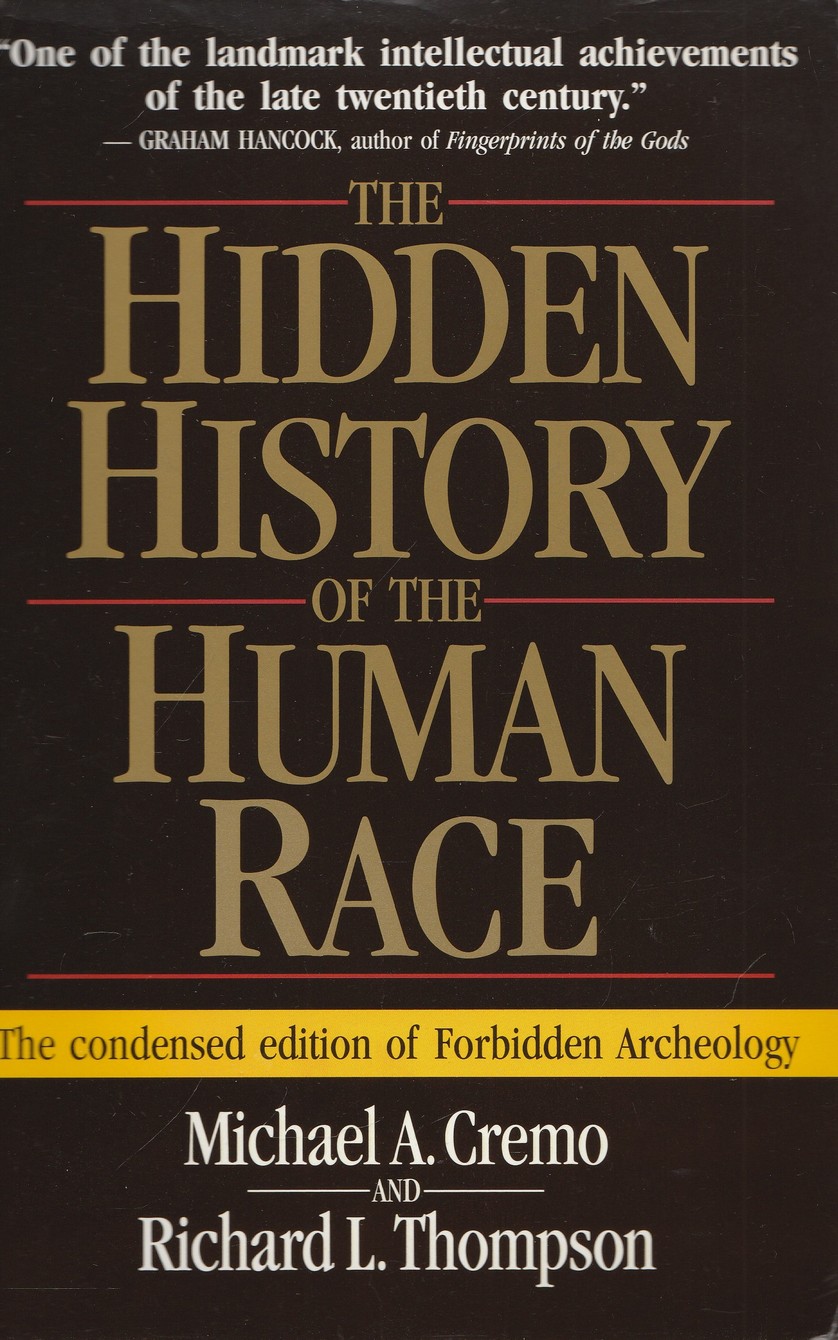
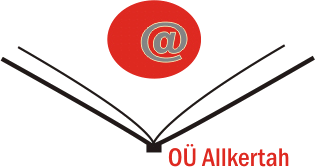




Ülevaated
Pole ühtegi ülevaadet.